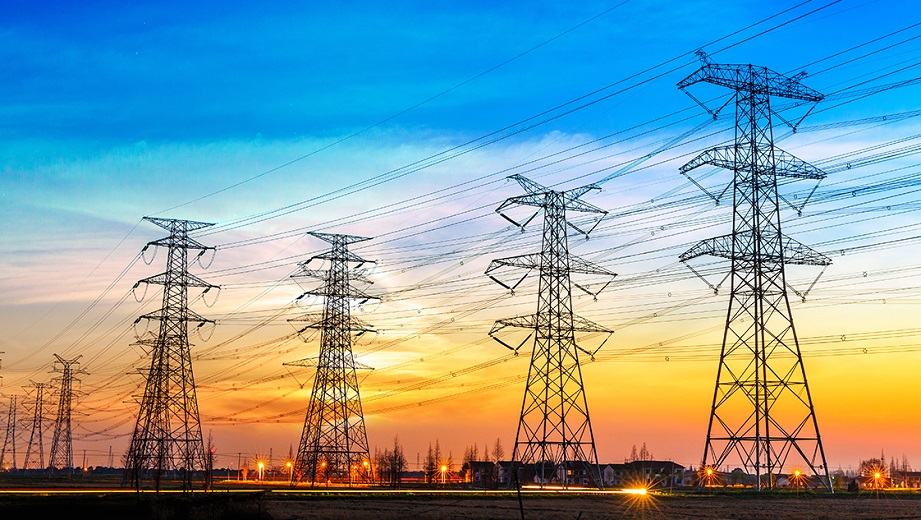How to Realign Utility Profit Incentives to Support Decarbonization
To achieve our climate goals, we’ll need to clean up the power grid while also shifting whole sectors of the economy from dirty fuels to electricity. That two-pronged approach is central to every serious study of decarbonization. A starting place is utilities. To decarbonize, policymakers will need to fundamentally change how utilities make money. Today, utilities are primarily incentivized to build new infrastructure—more pipes and wires—rather than boost efficiency, make repairs, or invest in operations. And, utilities may view third-party-owned climate-friendly energy systems like solar panels and batteries as a threat to their business model.
The utility business is not like most other businesses. Utilities inhabit a world of special accounting rules and pre-established investment returns, where ordinary business incentives often do not matter, and where changing course is difficult.
Utilities’ profit doesn’t come from the natural gas or water or electricity they provide to customers. That’s right, utilities do not earn profits on the products they sell—gas, water, and power are provided “at cost” to consumers—but rather from the investment in the assets (the pipes, substations, transmission lines, etc.) that are used to provide the service. In short, the more infrastructure that a utility builds, the higher the profits it can generate.
Utilities do not operate in a normal free market system where prices and profits are determined by the willingness of consumers to pay. Instead, they are “regulated monopolies” in which public officials guarantee the companies a monetary return on their investments while also fixing prices for consumers. In practice, that means before a utility can earn money, it needs to convince regulators how much it should make. In public proceedings called “rate cases,” utilities appear before a dedicated state agency known as a utility commission (it’s the Utilities and Transportation Commission in Washington and the Public Utility Commission in Oregon) and lay out their argument for how much money they need to bring in to run their business and make a reasonable profit, namely the “revenue requirement.”
This is the basic formula that governs how a utility makes money:
REVENUE REQUIREMENT = (RATE OF RETURN ON EQUITY)*(VALUE OF ASSETS AFTER DEPRECIATION) + EXPENSES
Revenue requirement—a disincentive to innovate
The revenue requirement is the key outcome of a rate case. It determines how much utility customers will have to pay and how much profit the utility will make, but it is designed in a way that discourages innovation.
What’s a rate case? That’s when utility officials present the state utility commission with reams of documents that spell out its need to earn a specific amount of money to pay for salaries, equipment, and the like and on top of that, to earn a 9.5 percent profit. The commission is supposed to thoroughly examine the request and weigh the prudence of each part, rejecting costs that are not necessary or not allowed. Ultimately, in negotiation with the utility, the commission will decide on the amount of money that the utility can collect, known as the revenue requirement. Once determined, the revenue requirement is then divided up—by the number of customers and the amount of commodity they are expected to use—to determine the rates that customers pay.
It’s easier for utilities to play it safe, plodding ahead with business as usual that can reliably turn a profit rather than try to innovate or design new systems for a changing energy environment.
Utilities must find investors willing to loan and invest money that the utility will spend to grow, operate, and maintain its business. The utility seeks both debt (borrowed money) and equity investments (money invested by shareholders), all subject to meeting regulators’ requirements for maintaining a specific ratio of debt to equity for the utility. However, unlike other businesses, the shareholder return is pre-established by regulators. This predictability means that utilities can pay above-average dividends to their investors while offering a much lower-than-average risk investment.
If you buy a share of Tesla or Boeing stock, there is a much higher risk that the stock will not return the profits you expect due to uncertainties like the company’s profit potential and customer growth. But when you buy a share of utility stock, you have a pretty good idea of what you will get in return. Utilities don’t lead the stock market, but they do offer low-risk, steady returns.
In the coming years, we will rebuild our economy from the disruption of 2020. It is possible that states will receive federal stimulus investments that can speed transformation of the energy sector. So, as we begin the process of reconstruction, it is an ideal time to consider whether the regulatory models that now govern our utilities—and how utilities make money—are designed to best meet the needs we’ll have in the decades ahead for resilience, innovation, climate stability, and fairness.
Read the entire article at Sightline Institute.



